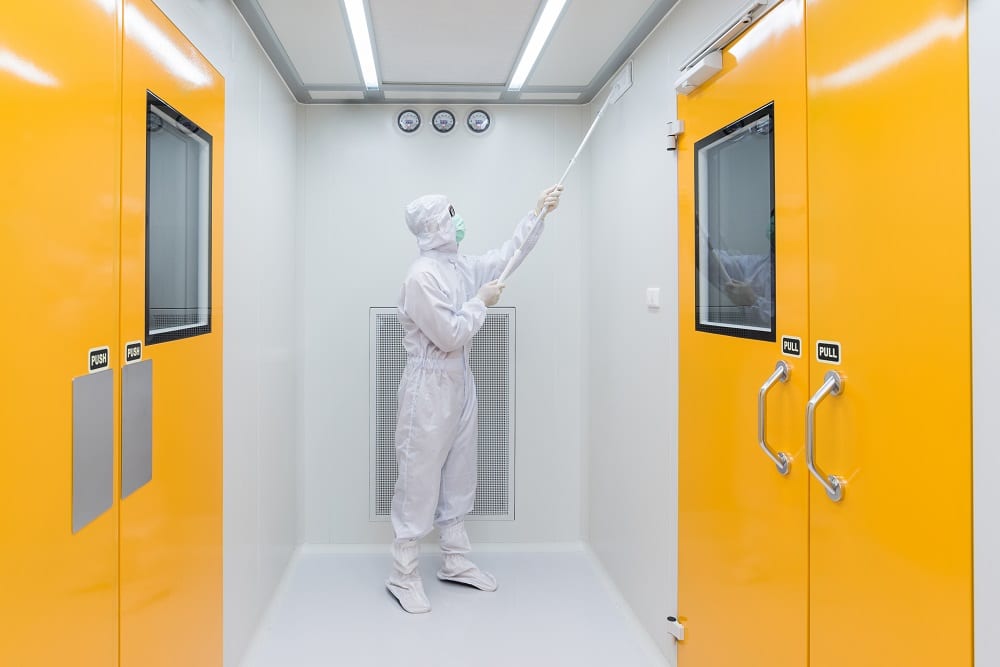As a cleaning service something you will be responsible for is to ensure that you are eliminating germs and different microorganisms. Germs, disease causing microscopic organisms and viruses can stow away in a wide range of nooks and crevices in your buildings – wherever from can seats to doorknobs. Also, these little creatures are not substance to stay in one spot for long. They get rides on hands, trash cans, and cleaning equipment and are then spread all through the structure. Knowing how disinfectants work will assist you with choosing a suitable disinfectant to control the microorganisms that hide in your buildings.

So how accomplish disinfectants work? They work by oxidizing the germs, separating their cell walls, as it were, disrupting the physical cosmetics or hindering the vitality yielding or synthetic process of the germs. Because various ingredients or combinations of ingredients execute various germs, you have to select a disinfectant that works on the specific germs you are attempting to evacuate. On the off chance that that is impractical, you should select a wide spectrum item that works on all the germs that you may confront.
There are several types of disinfectants accessible, however the two categories of disinfectants that a cleaning organization needs to think about are:
*Quaternary disinfectants. This kind of disinfectant carries a positive charge. The microscopic organisms, viruses and growths you are attempting to expel convey a negative charge. At the point when you clean a surface using a quaternary disinfectant, the cells of the microscopic organisms, viruses and parasites change from a negative to positive charge, which in the long run leads to its demise.
Quaternary, also alluded to as Quats, are ordinarily used in low-level sanitization situations. Quaternary disinfectants are odorless, non-staining and non-corrosive to metals. They are reasonably non-poisonous whenever used in weakened concentrations.
*Phenolic disinfectants. Phenol and phenolics are the dynamic ingredients in most bottles of regular household Disinfection services. Phenol is the oldest disinfectant and was initially called carbolic corrosive. Phenol can be corrosive to skin, so you might need to consider using disinfectants that contain phenolic, which is less corrosive.
Phenolics are powerful at sanitization and disinfection. They are also powerful at destroying several types of microscopic organisms, including the microorganisms that causes tuberculosis. Phenolics are genuinely expensive to use and they respond with some plastic surfaces.
)
Welcome to our blog!